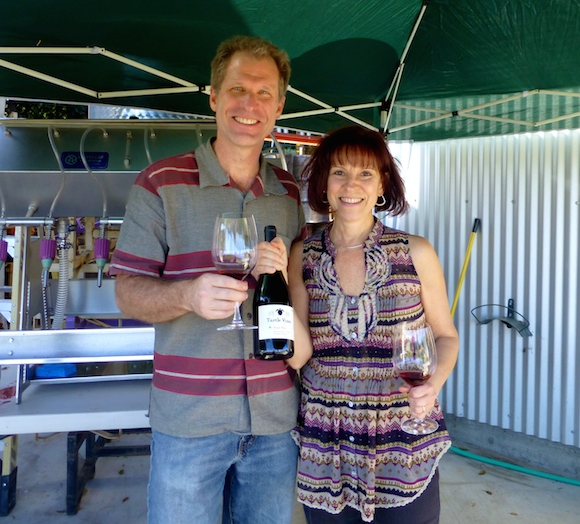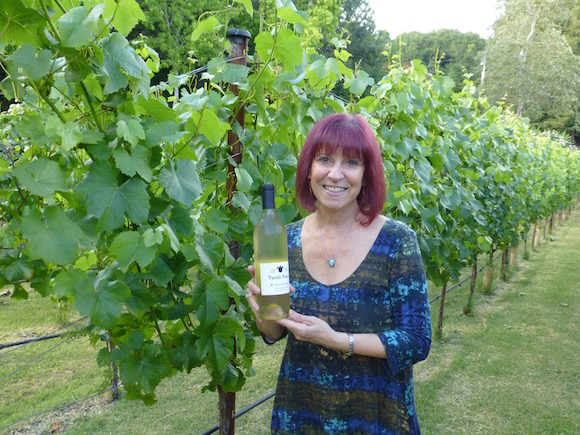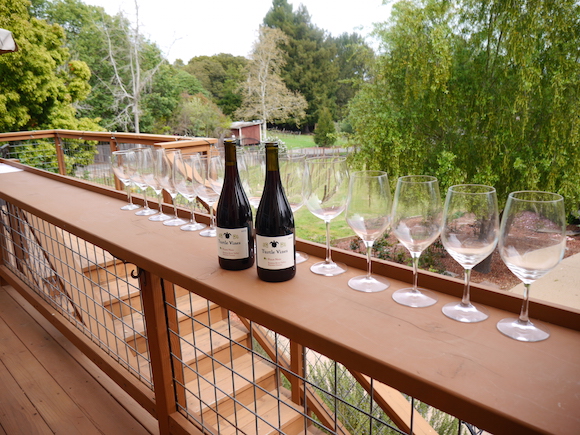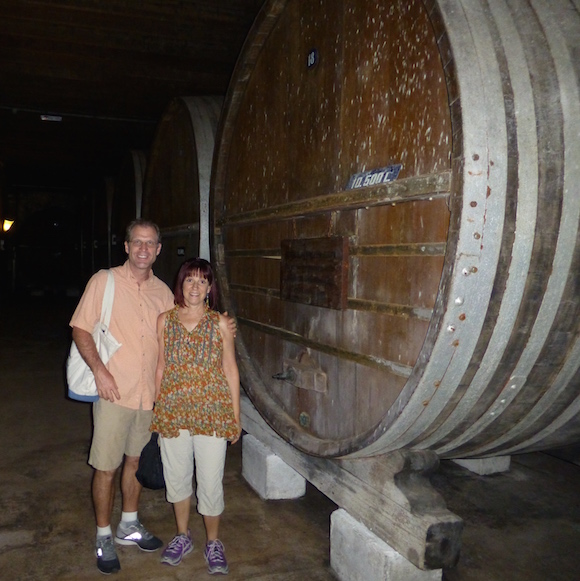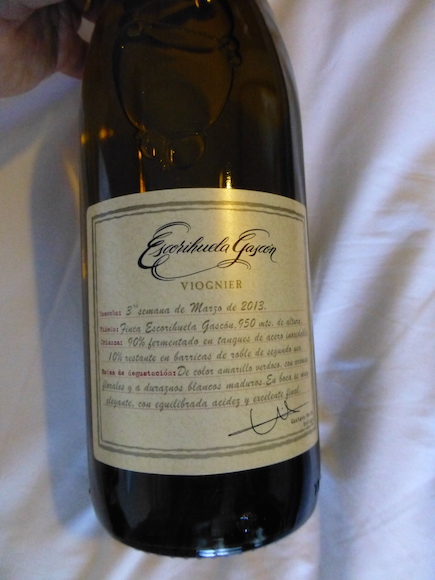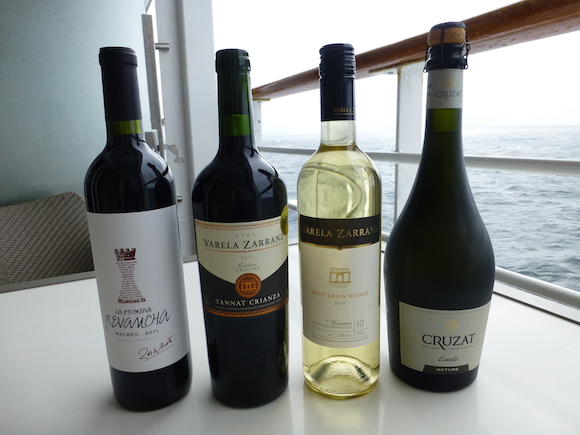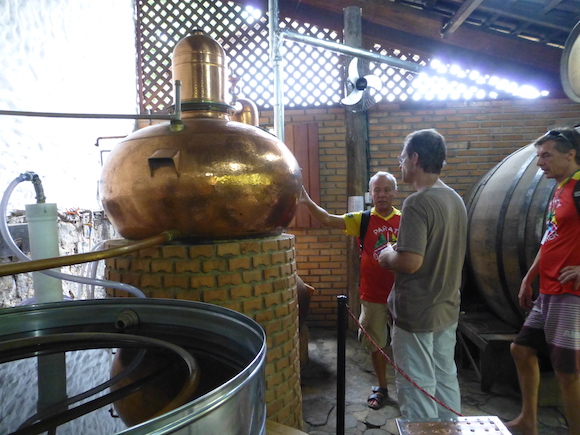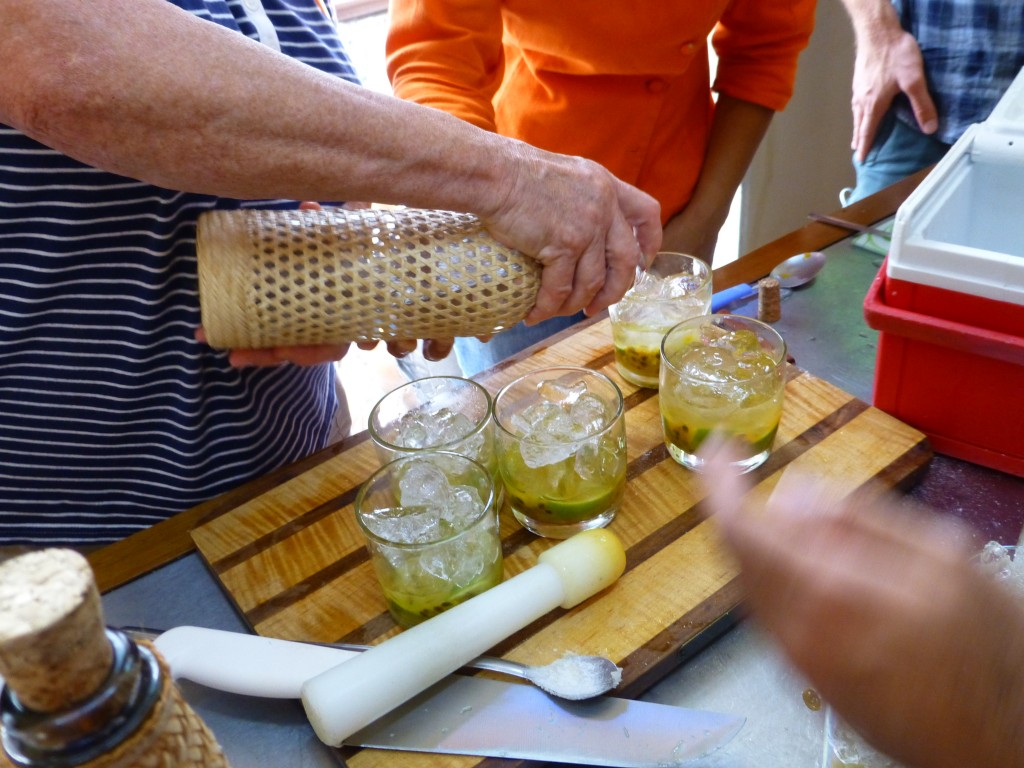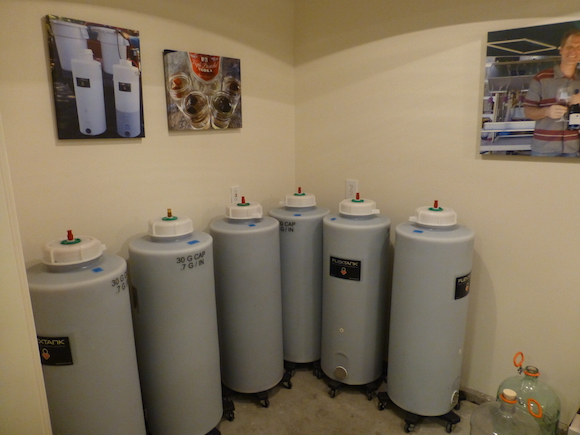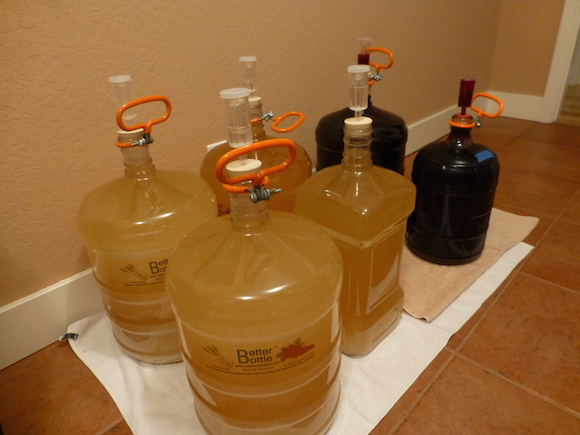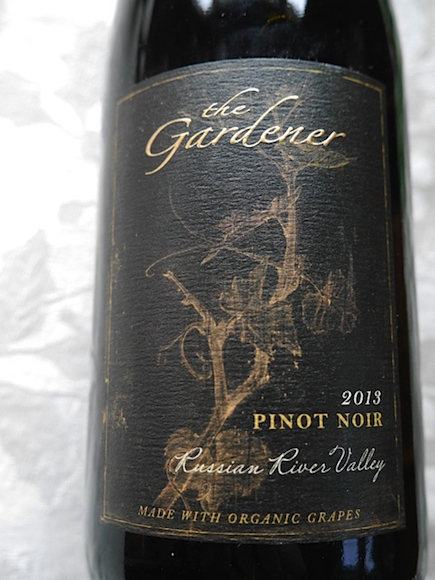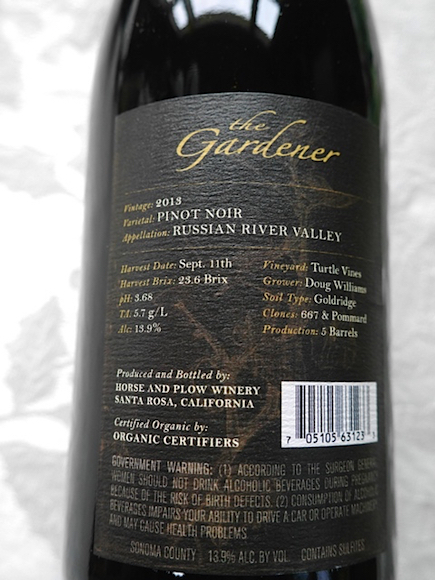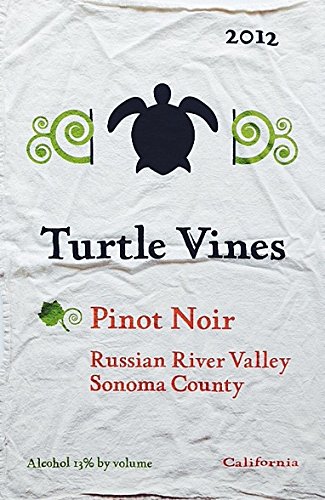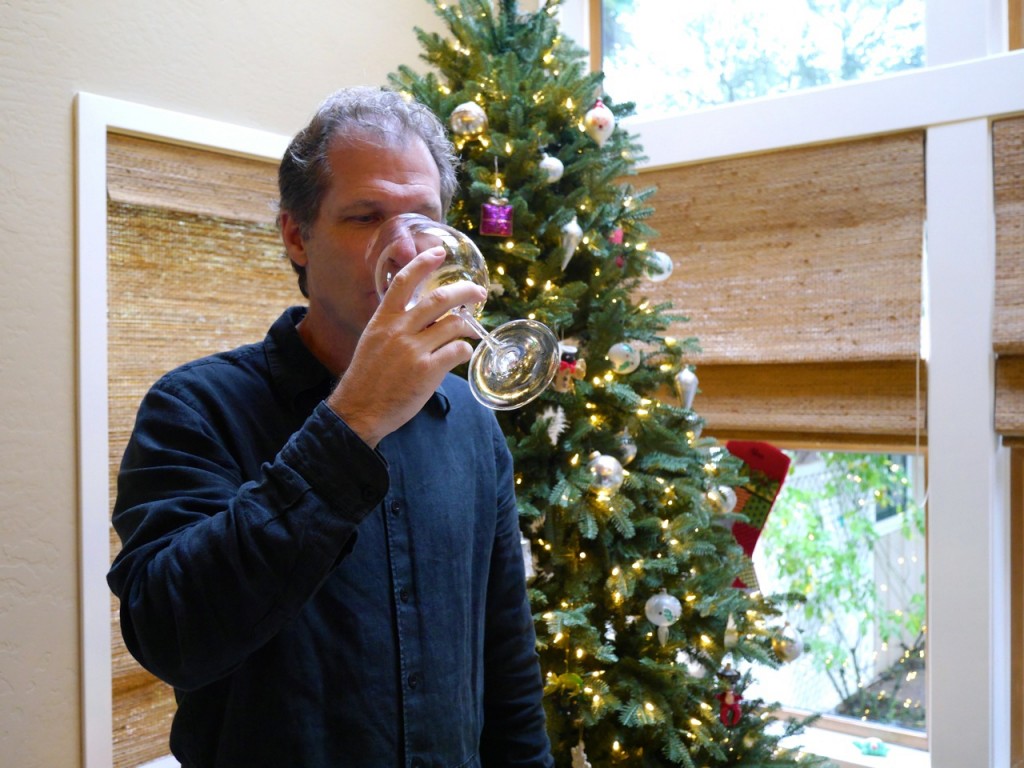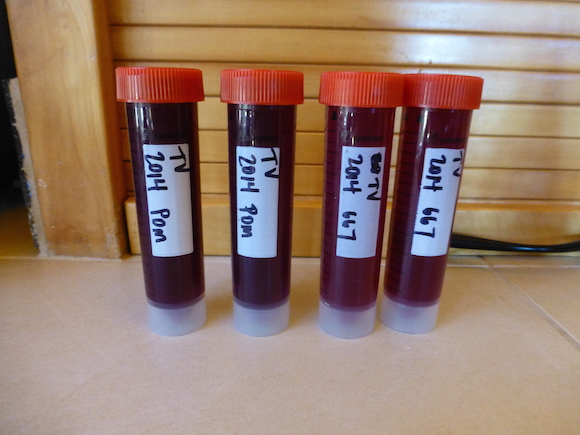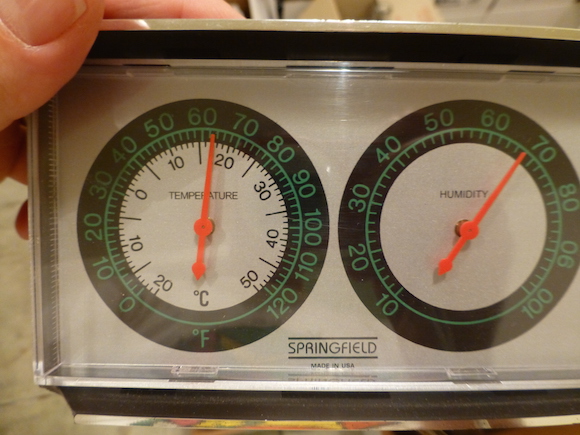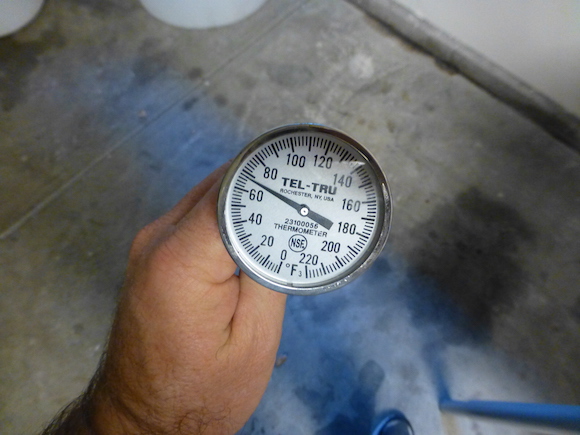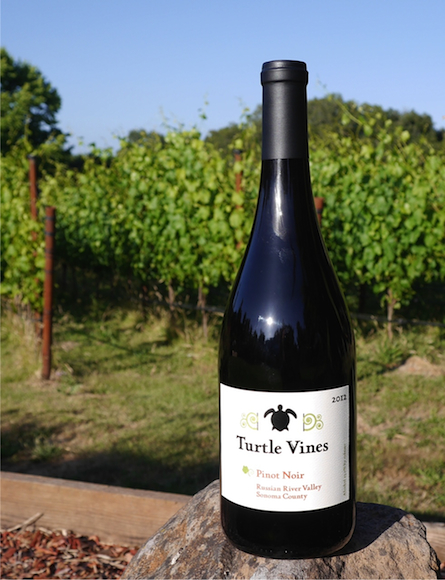
What’s in your Wine?
Even if you’re not a vegan you may not relish the idea that the wine you are drinking was mixed with gelatin from pigs, cows, and fish bladders, egg whites, and other distasteful animal ingredients, during the wine making process. And for those of you who are lactose or gluten intolerant, you may be concerned that milk protein and wheat gluten may also have been used.
Why is this done?
Many wineries have a formula for making wine that produces a consistent product from year to year that is less dependent on the quality of the grapes they use. The commercial process that is used to create a clear and stable wine or to fix defects is calling “fining”.
Fining
Fining is the operation of adding one or more compounds to wine to bring it into balance and keep it there. Many of these compounds are from animals, gluten and other surprising materials. Although these compounds are filtered out of the wine before it is bottled and sold, there potentially could be some residue in the wine, albeit very minuscule amounts. Here’s are some examples:
* Isinglass (fish bladder) is used to clarify wine.
* Gelatin (pork, cow and fish skin and bones) clarifies wine and removes excess tannins.
* Plant proteins (either green peas or hydrolyzed gluten) is used to clarify wine and remove excess tannins. Pea protein is appropriate for vegan wines.
* Egg albumin is used to clarify wine and remove astringencies in red wine.
* Potassium caseinate (milk protein) improves aromatic defects and treats oxidized wines.
* PVPP (plastic) is used to treat bitterness.
* Bentonite (clay) is used for rapid clarification and to treat protein-unstable wines.Bentonite is appropriate for vegan wines.
Is Fining Necessary?
Our Turtle Vines Pinot Noir is not fined or filtered. No animal products, plastic, or gluten is used in the production of our wine. It is simply not necessary.
To achieve clarity, we “rack” our wine. Racking is the process of letting the wine settle and then siphoning it into another vessel. This is done three times. Occasionally there is a bit of residue at the bottom of our bottles but that doesn’t bother us – it’s better than adding these odd and distasteful compounds listed above.
To balance our tannins, we “cold soak” our destemmed (and about 5% whole-cluster) grapes for five to ten days before fermentation to bring out the beneficial, water soluble skin tannins.
We prevent excess tannins by ending fermentation and pressing the wine before the wine goes completely dry. This controls excess tannins from the grapes seeds by limiting how long they soak in the fermented wine.
Tannins can also seem out of balance if the acidity and alcohol levels are inappropriate. Acid levels are controlled by measuring and adding tartaric acid when necessary. Correct alcohol levels are controlled by picking the grapes when their target sugar content (and flavor) is achieved. With the proper acidity and alcohol levels, fining is not necessary to adjust tannins.
All these methods of carefully balancing tannins prevents having to deal with astringencies and bitterness.
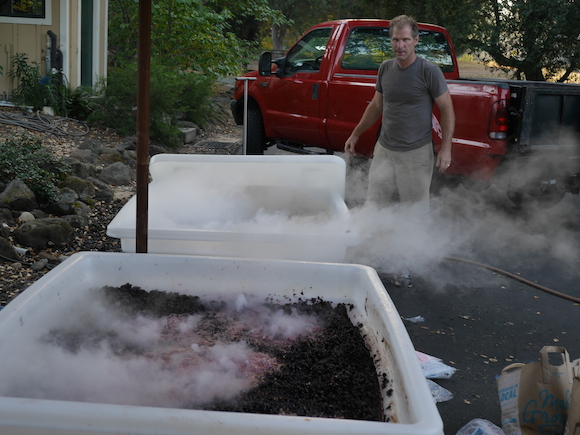
Controlling aromatic defects is much easier to control when you grow and hand-pick your own grapes. At Turtle Vines we examine every grape cluster continually throughout the growing season, discarding any that have mold or mildew or that are not ripe enough to pick. Many large wineries machine-harvest their grapes allowing more bad grapes to end up in the fermentation tank.
The Importance of Organic Grapes
When you go grocery shopping for grapes, many of you buy those that are organically grown. Every year table grapes are listed as one of the Environmental Working Groups “Dirty Dozen“. Their 2014 audits showed that table grape samples has residue of at least 15 pesticides. But when you buy a bottle of wine, most people don’t even think about whether or not the grapes used to make the wine are organic. Conventionally grown wine grapes can be treated with synthetic pesticides, fungicides, insecticides, and fertilizers.
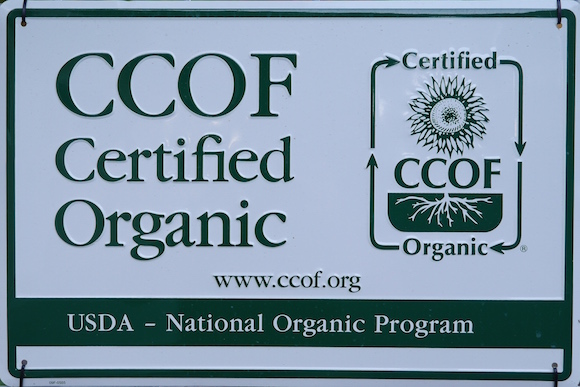
According to the California Department of Pesticides Regulation, 25 million pounds of pesticides were applied to conventionally-grown wine grapes in California in 2010. These wine grapes had far more pesticides than table grapes. According to the USDA Pesticide Data Program, there are up to 34 different kinds of pesticide residues found on conventionally-grown grapes!
Our grapes at Turtle Vines Vineyards are certified organic by the California Certified Organic Farmers Association. It is not only important for our wine to be free of these toxins to protect you, but we did not want ourselves, our workers, our neighbors, or wildlife to be exposed or subjected to these harmful chemicals.
We do not, however, make organic wine. The difference between organic wine and wine made from certified organic grapes is that organic wine does not allow for the addition of sulfur dioxide. Since sulfur dioxide prevents bacterial spoilage, very few wines are made organically as they have a short shelf life. We feel that the majority of benefits to the consumer are obtained by wine being vegan and made from certified organic grapes.
Is Wine Raw?
During fermentation, temperatures rise but generally stay below 85 degrees so, from that standpoint, wine is considered raw. However, some winemakers add sugar during the wine making process to achieve their target alcohol content (not to make the wine sweeter). Unless the sugar used was raw sugar, some would consider this wine not to be raw.
This process of adding sugar to wine is called “chaptalization” and it is generally done in regions that have poor climate and produce grapes with low sugar content. This practice is illegal in Argentina, Australia, Austria, California, Italy, and South Africa. So you can be assured that wines from these regions were not made with sugar. Our California wines have plenty of sunshine and ample sugar content and don’t need this added sugar.
Our 2012 Turtle Vines Pinor Noir is Now Available
If you are interested in purchasing our Pinot Noir, please go to our main page and send me a note for delivery.
Our wine is raw, vegan, unfined, unfiltered, gluten-free, and made with our hand-farmed organic grapes.
The 2012 Pinot is about 80 percent Pommard and 20 percent 667 with a lower alcohol content of 13.0%. This produces a feminine style wine with a taste of ripened strawberry, currant, and cassis. It is a very versatile and food friendly wine which complements almost any dish from pasta to chocolate truffles!
If you mention Foods For Long Life, you will get additional 10% discount. Stock up for the holidays!
